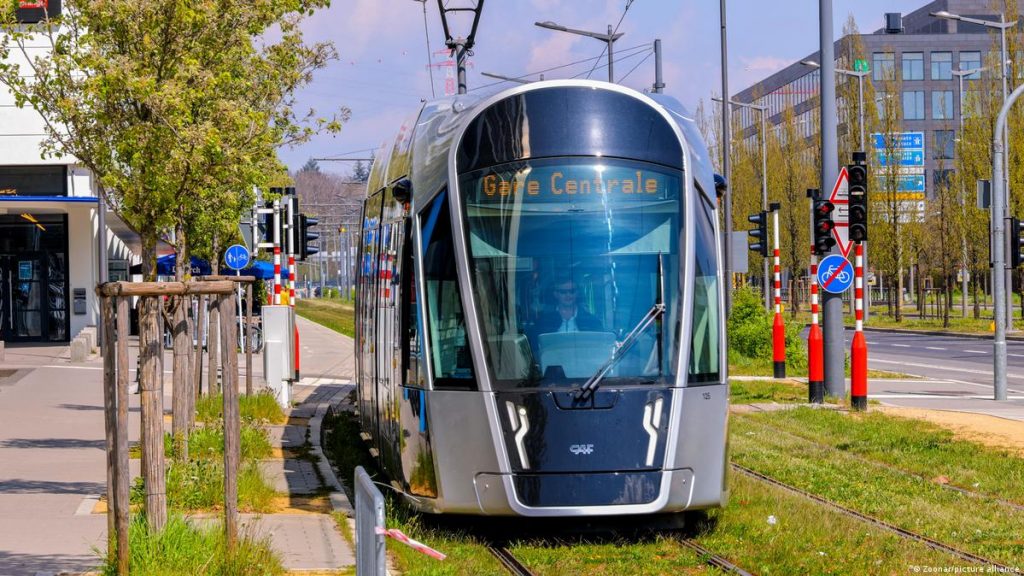The Green Revolution: Unveiling the Environmental Benefits of Rail Transportation
2 min read
In an era where environmental concerns are at the forefront of global discussions, the quest for sustainable transportation options has become increasingly important. One such option that has gained significant attention is rail transportation. This article aims to delve into the question of whether rail is more environmentally friendly compared to other modes of transportation, exploring various aspects and shedding light on the environmental benefits it offers.
- Energy Efficiency:
Rail transportation stands out for its exceptional energy efficiency. Trains have the ability to transport large numbers of passengers or freight using significantly less energy per unit compared to other modes of transportation, such as cars or airplanes. The use of electric or hybrid locomotives further enhances this advantage, as they produce lower emissions and consume less fuel. - Reduced Greenhouse Gas Emissions:
Rail travel plays a crucial role in reducing greenhouse gas emissions. Trains emit fewer carbon dioxide (CO2) emissions per passenger-kilometer compared to cars or airplanes. Additionally, the electrification of rail systems allows for the integration of renewable energy sources, further reducing the carbon footprint associated with rail transportation. - Congestion Relief and Land Use:
Rail transportation helps alleviate traffic congestion, particularly in urban areas. By providing an efficient alternative to cars, trains reduce the number of vehicles on the road, resulting in reduced emissions and improved air quality. Moreover, rail systems require less land compared to highways or airports, minimizing the impact on natural habitats and reducing the need for land development. - Resource Conservation:
Rail transportation promotes resource conservation in multiple ways. Firstly, it reduces the demand for fossil fuels, which are finite resources. Secondly, trains have a longer lifespan compared to automobiles, resulting in reduced material consumption and waste generation. Lastly, the use of rail for freight transportation reduces the need for long-haul trucking, which consumes more fuel and contributes to higher emissions. - Noise and Vibrations:
Rail transportation is known for its relatively low noise and vibration levels compared to other modes of transportation. This characteristic is particularly important in densely populated areas, where excessive noise pollution can have detrimental effects on human health and well-being. By minimizing noise and vibrations, rail systems contribute to creating more livable and sustainable urban environments.
Conclusion:
In conclusion, rail transportation emerges as a clear winner in terms of its environmental friendliness. Its energy efficiency, reduced greenhouse gas emissions, congestion relief, resource conservation, and low noise levels make it a sustainable and responsible choice for both passenger and freight transportation. As we strive for a greener future, embracing rail as a primary mode of transportation can significantly contribute to mitigating climate change and preserving our planet for future generations.
